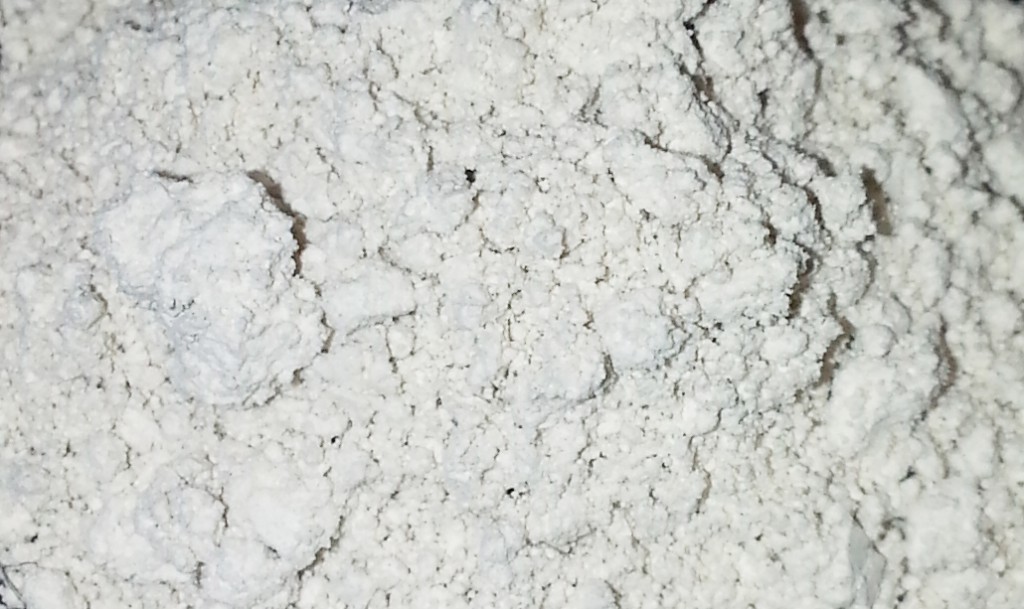Zeolite and diatomaceous earth are both naturally occurring materials that have a variety of purposes.
What is Diatomaceous Earth?
Diatomaceous earth (DE) is made up of the fossilized exoskeletons of tiny single-celled organisms known as diatoms and is very porous at the microscopic level.
Diatomaceous earth deposits can be derived from both fresh and salt water sources. There are two main types of DE – food or feed grade and pool grade. Diatomaceous earth derived from a freshwater source and that meets specific heavy metal content regulations is considered “food grade” by the US Department of Agriculture.
What is Zeolite?
Zeolites are crystalline, hydrated aluminosilicates with very rigid structures. Compositionally, zeolites are similar to clay minerals however, their special crystalline structure remains rigid in water.
While zeolite is a naturally occurring material it can also be manufactured. Currently over fifty different natural zeolite minerals have been identified and over one-hundred zeolites have been synthesized.
Diatomaceous Earth Uses
Diatomaceous earth is commonly used in livestock feed as an anti-caking agent and pelleting aid. Diatomaceous Earth is also known to work well as a natural insecticide.
Zeolite Uses
Each zeolite has a different size and function.
All zeolites are molecular sieves, meaning that they selectively absorb molecules on the basis of shape, size or electrical charge. The cations in zeolite are very loosely bound, allowing them to be exchanged with other cations or molecular water. Each different type of zeolite has the ability to exchange a particular cation in its chemical makeup for another cation.
Zeolites (particularly clinoptilolite) are often added to animal feed and function much the same as food grade diatomaceous earth. Much like DE, zeolite must be added to feed in controlled amounts.
Zeolite is also known to work as an insecticide. Due to its high ion exchange and adsorption capacities, natural zeolite, specifically clinoptilolite, is an effective carrier of herbicides, pesticides, and fungicides. As well, zeolite is often used in laundry detergent and water softeners due to the fact that it can release sodium and potassium in exchange for calcium and magnesium.
Most commonly, however, zeolite is used for ammonium-ion removal in waste stream treatment, sewage treatment, pet litter and aquaculture, as odor control, for heavy metal ion removal from nuclear, mine and industrial wastes and in agriculture as a soil conditioner, fertilizer extender and as an animal feed supplement.
It is very important that when utilizing diatomaceous earth and/or zeolite that you use the proper type.
Only food or feed grade diatomaceous earth should be used as an insecticide and in animal feed. Food grade diatomaceous earth meets very strict regulations in terms of crystalline silica and heavy metal content, making it safe for animals to consume.
It is important to note that there are several types of zeolite (including erionite and some mordenite) that are fibrous in nature and may be classified as asbestos-like materials. As well, crystalline silica commonly occurs in zeolite deposits and finely ground products may contain more than 0.1% crystalline silica that is small enough to inhale. It is therefore important that the proper type of zeolite be selected for your purposes.
References
Donald D. Carr, “Industrial Minerals and Rocks”, 6th Edition, Society for Mining, Metallurgy, and Exploration, Inc., 1994



